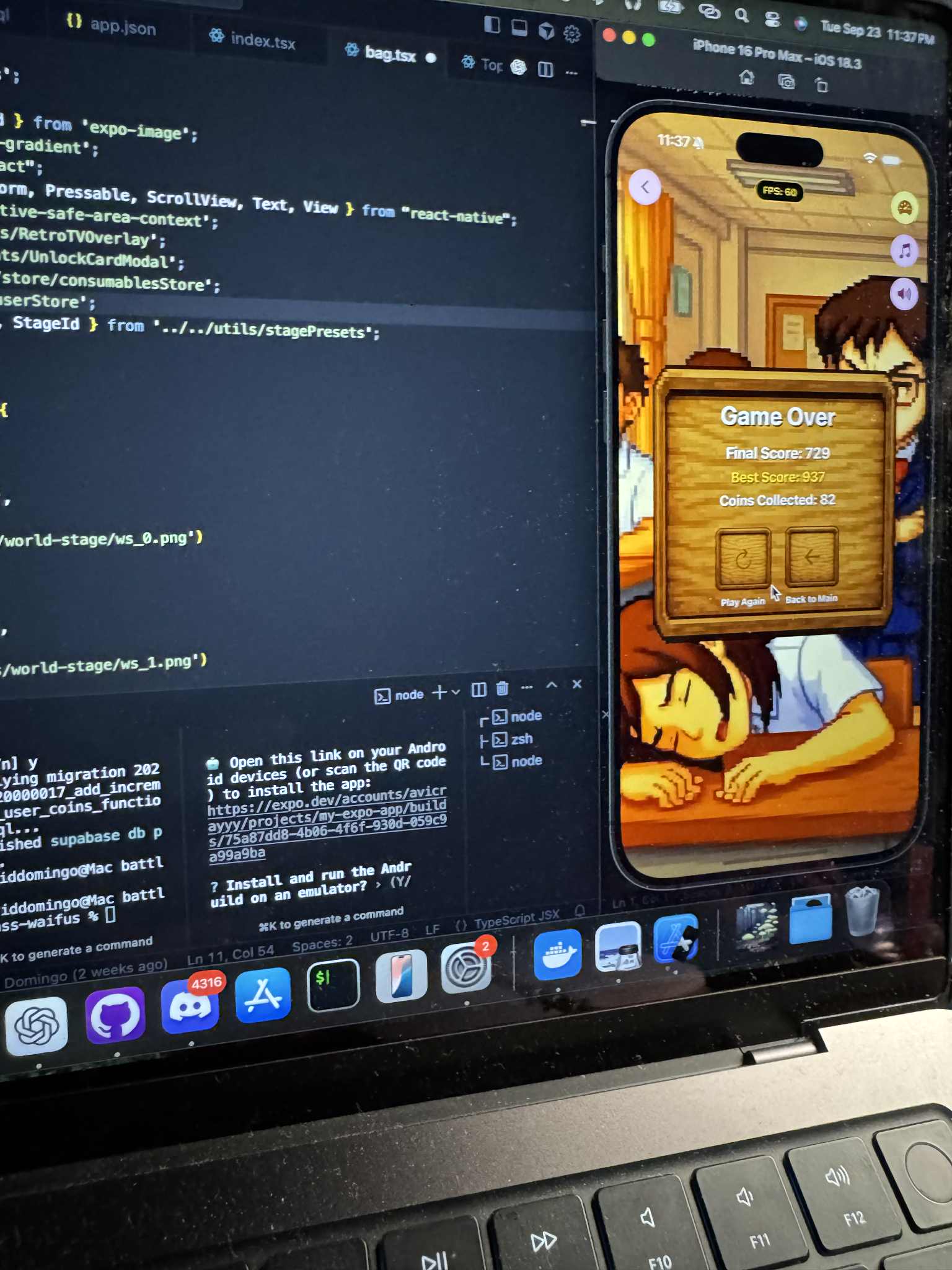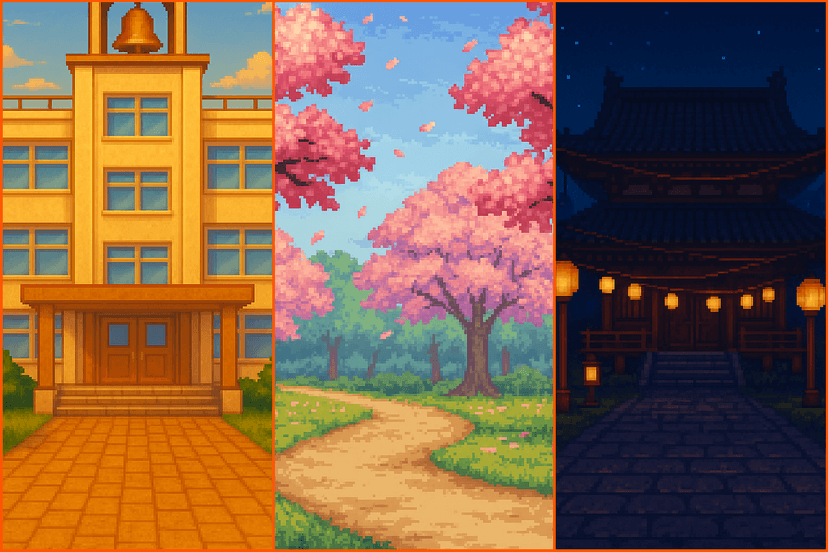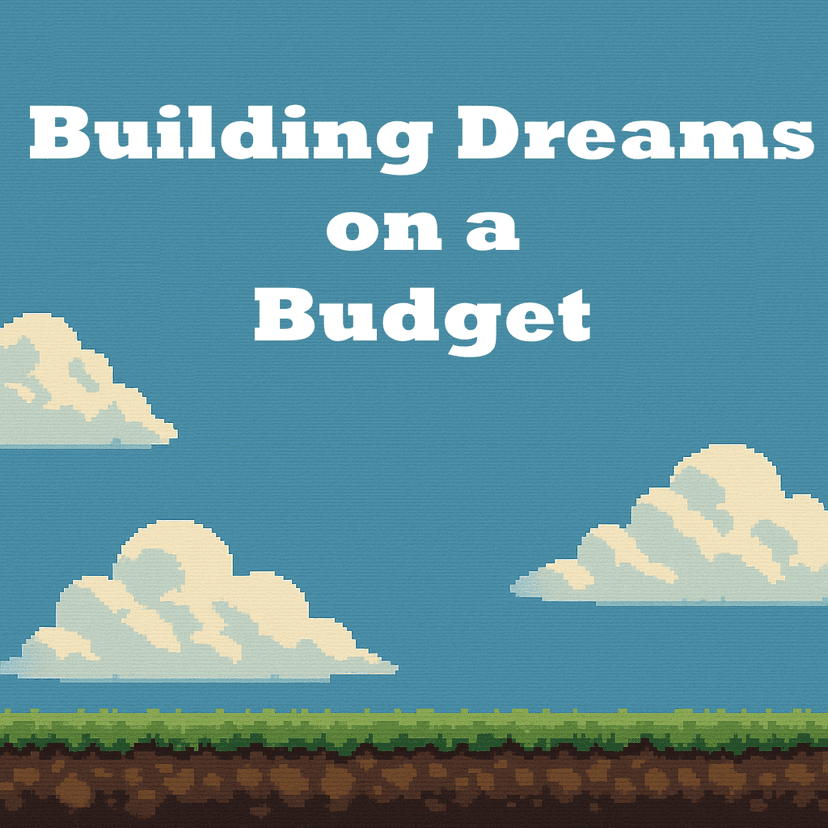Dreams are strange. They're familiar yet unpredictable, ordinary yet surreal. When we set out to build Daydream Hero, we wanted to capture not just how dreams look—but how they feel.
🧠 Why Psychology Matters in Game Design
Dreams aren't logical—they're emotional. They carry moods that linger long after waking: awe, unease, joy, even fear. We wanted Daydream Hero to echo that. That's why we leaned into psychological principles when shaping the gameplay. Instead of focusing only on mechanics, we asked: How can every moment evoke a feeling?
- •Challenge and Reward — players crave just enough difficulty to stay engaged without feeling punished.
- •Immersion — the brain locks in when feedback is instant and satisfying.
- •Curiosity — familiar settings that bend into the surreal encourage exploration and replay.
By grounding design choices in how people process emotions, we make each run feel like more than a reflex test—it becomes an experience that players connect to on a deeper level.
🌙 Familiar Settings, Surreal Twists
Dreams often begin in places we recognize, then shift into something unfamiliar. That mix of comfort and distortion is exactly what we built into Daydream Hero.
- •In Front of the School feels grounded and ordinary, but mobs like stray dogs and crows give it a subtle tension.
- •Cherry Blossom Park starts out beautiful, then turns strange as bats swoop in and slimes appear—colored purplish pink from consuming fallen petals.
- •Temple Shrine draws on the quiet atmosphere of sacred spaces but twists it into unease, with gargoyles and zombies breaking the stillness.
- •Desert Boss Stage takes a nostalgic setting and transforms it into a heightened climax, where speed and pressure peak.
This design choice taps into dream psychology: players recognize the setting but never fully feel safe, which keeps them curious, alert, and engaged.
⚡ Flow and Reaction Time
Psychologists describe flow as the mental state where challenge and skill meet perfectly—you're so focused that time seems to disappear. That's the exact rhythm we designed for in Daydream Hero. Each dream starts approachable, giving players time to adjust. But as the run continues, speed gradually ramps up, demanding sharper reflexes and quicker reaction times. This steady increase nudges players into flow, where every jump, dodge, and talent use feels instinctive rather than forced. By aligning difficulty with natural reaction speed, we create runs that are challenging but fair—rewarding players who push deeper while keeping them hungry to try again.
🎭 Meaningful Feedback
Dreams feel vivid not because they follow logic, but because of how we experience them. In the same way, Daydream Hero relies on clear, immediate feedback to make every action feel alive.
- •Damage Feedback — the hero blinks when hit, instantly signaling vulnerability without breaking the flow.
- •Running Cycle — frame-by-frame animations simulate a natural run, selling the urgency as speed builds.
- •Mob Presence — crows flap, slimes bounce, gargoyles shift—their movements grow faster the longer the dream lasts, making enemies feel more threatening over time.
- •Talent Effects — shields shimmer, dashes streak, and jumps carry small flourishes so abilities feel both powerful and readable.
These cues connect directly with the player's psychology: when the game responds instantly and clearly, it creates a sense of control—even when the dream itself grows chaotic.
🌌 The Emotional Loop
While endless runners are built on reflexes, we wanted Daydream Hero to be more than a mechanical test. Every run is designed to hit emotional beats that mirror the rhythms of a dream:
- •Curiosity — when stepping into a new dreamscape for the first time.
- •Tension — as speed rises and reaction time is pushed to its limits.
- •Relief and Accomplishment — after dodging a tough sequence or surpassing a personal best.
- •Motivation — fueled by daily missions, leaderboards, and the urge to prove yourself against friends.
By layering emotion into the loop, we give players more than score-chasing—they're drawn into a cycle of feeling, striving, and returning. It's the psychology of dreams translated into gameplay.
🔮 Lessons for Dream Design
What we discovered while building Daydream Hero is simple: dreams resonate because they feel personal. They blur the line between comfort and unpredictability, keeping you engaged even when nothing makes sense. By weaving psychological patterns into design—familiar settings distorted by surreal twists, progressive speed that nudges players into flow, and feedback that reinforces every choice—we created gameplay that mirrors how dreams actually feel. The lesson? Good design isn't just about mechanics or visuals. It's about shaping experiences that connect with players on an emotional level, the same way dreams linger after we wake.



